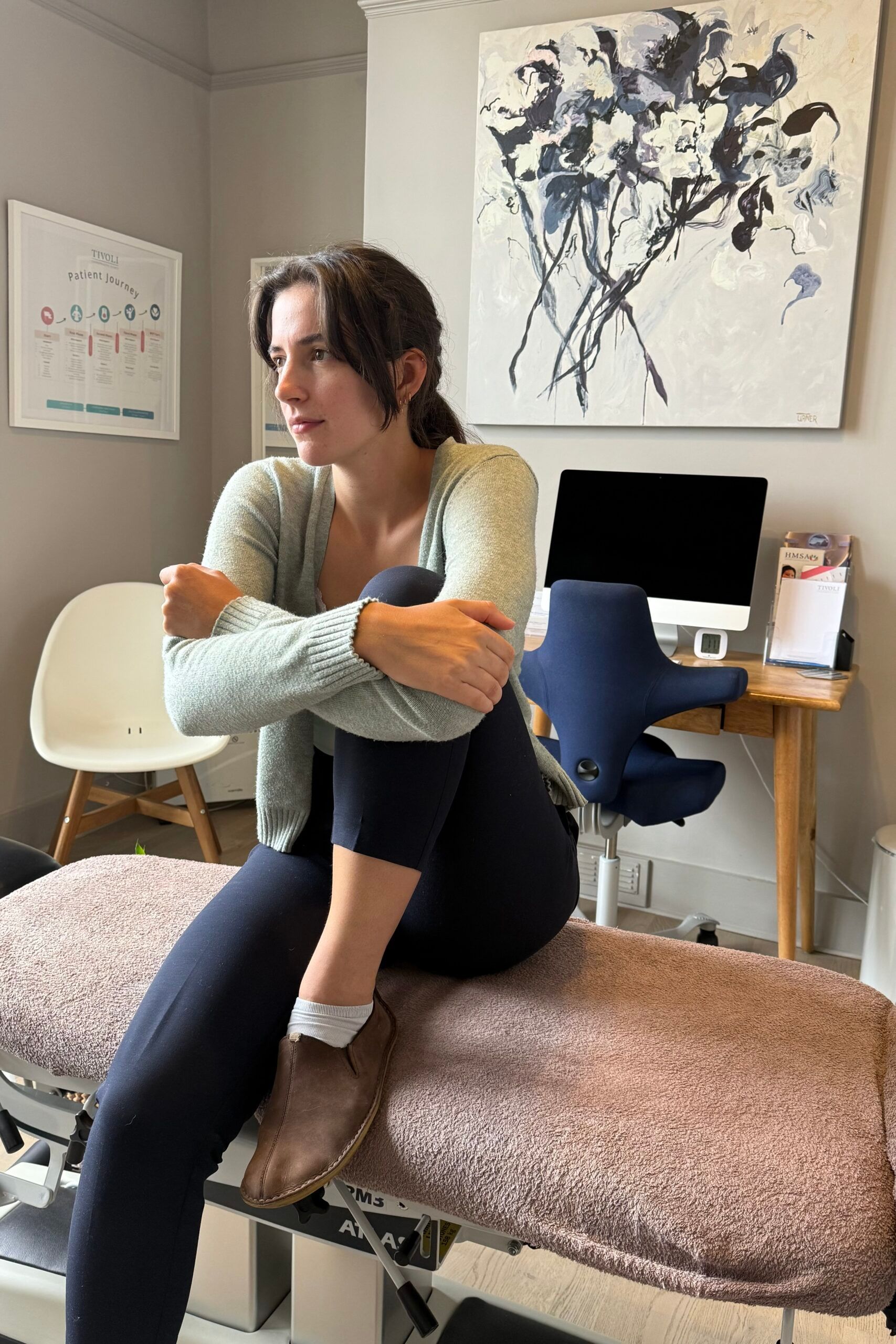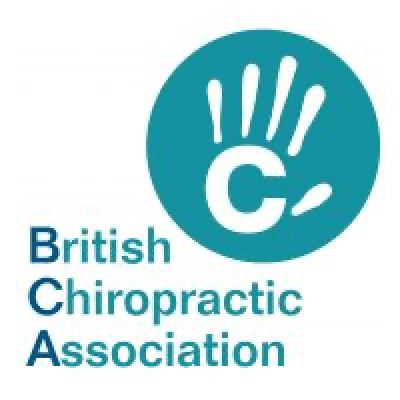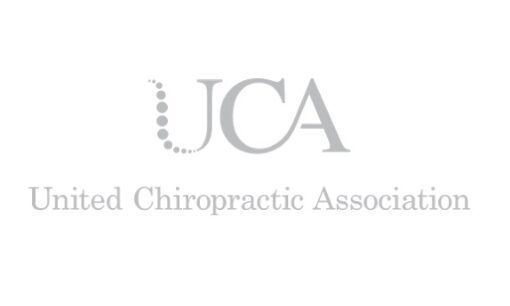Hidden Signs of Hypermobility
Hypermobility is a spectrum of disorders, ranging from mild ligament laxity in some joints, to system-wide connective tissue disorders. By definition, the word hypermobility means “excess movement”. In a medical context, we are talking about excess elasticity of connective tissues. Within the musculoskeletal system, this means that the ligaments attaching bones together and forming joints are too elastic. So there is excess movement within joints.
Note that this is different to flexibility as this more commonly refers to the ability of your muscles to lengthen. Muscular elasticity, or lack of, is different to joint (meaning ligament) elasticity.
As a Chiropractor, I see a lot of people with running levels of hypermobility. I am also extremely hypermobile myself, so it is an area in which I have an invested interest, as well as first hand experience. What I do notice is that many people are unaware that their hypermobility affects more than just their joints. As I touched on before, it is not just ligament laxity. It is excess elasticity throughout all connective tissues in your body. This means that the symptoms can span much further than just your musculoskeletal system.
Here are some lesser known signs and symptoms that can be related to, or caused by, hypermobility.
Anxiety
There are several reasons why individuals with hypermobility may be more susceptible to anxiety:
- A sensitised nervous system
People with hypermobility often have highly sensitive nervous systems – including the autonomic system, which regulates the body’s “fight or flight” response. This heightened sensitivity can make them more reactive to stressors. - Increased ‘danger’ signals
Their bodies are more likely to interpret both internal sensations and external stimuli as potential threats. This can lead to more frequent activation of the fight or flight response, even in non-threatening situations. - Neuroanatomical differences
Research shows that people with hypermobility may have structural differences in parts of the brain that process emotions. In addition, there’s a genetic link between hypermobility and neurodivergence. This may influence how individuals perceive and respond to the world around them.
Together, these factors can significantly increase a person’s vulnerability to anxiety – both in how it’s experienced and how often it occurs.
Clumsiness
Let’s take a moment to introduce an important concept: proprioception. This is your body’s ability to sense where it is in space – without relying on sight. Tiny nerve receptors located throughout your body constantly send messages to your brain about the position, movement, and pressure of your limbs. It’s what allows you to touch your nose with your eyes closed, or walk without needing to look at your feet. Proprioception is crucial for balance, coordination, motor control, body awareness, and injury prevention.
In people with hypermobility, the input from these sensory receptors – especially within the joints – can become disrupted due to excessive joint movement. As a result, the feedback can be inconsistent or “muddled”. Therefore making it harder for the brain to accurately track the body’s position. This can lead to poor coordination, clumsiness, and an increased risk of injury.
Inability to sit still
This brings us to another subtle but common sign of hypermobility: the inability to sit or stand still. Due to the slightly erratic proprioceptive signals coming from their joints, people with hypermobility often feel discomfort – or a vague, hard-to-describe sensation – when staying in one position for too long. This can create a constant, almost irresistible urge to move, shift, or fidget. (If this sounds familiar and you’ve ever wondered about ADHD, it might be worth exploring).
Interestingly, hypermobile individuals often find comfort in unusual or contorted sitting positions. That’s because placing joints closer to their end range can create a false sense of stability – even if it’s uncomfortable or painful. To the hypermobile brain, that feeling of joint “locking” or stretching provides reassurance.
Coathanger pain
The term “coat hanger pain” is often used to describe discomfort or aching in the neck and shoulder region – named for its resemblance to the shape of a coat hanger. This type of pain is particularly common in people with hypermobility, and there are a few key reasons why.
- Firstly, the cervical spine (neck) often has a degree of instability in hypermobile individuals, combined with muscular weakness in the surrounding postural muscles. As a result, these muscles must work much harder to support the head and maintain posture. Over time, this leads to muscle fatigue, tightness, and irritation.
- Secondly, as mentioned earlier, nervous system sensitivity is common in hypermobile people. This heightened sensitivity can affect the dorsal scapular nerve, which runs through the coat hanger region and may become irritated or hypersensitive – contributing further to pain and discomfort in this area.
Low blood pressure
The excess elasticity in your tissues expands beyond just your ligaments. Hypermobile people often have too much elasticity in all connective tissues, including their blood vessels! This increased elasticity lowers the pressure in your blood vessels. Which in turn makes it harder for your body to pump blood efficiently – especially against gravity. Cue swollen ankles, dizziness, fainting, heart palpitations, and so on…
Headaches and migraines
Headaches and migraines are common in people with hypermobility, and they often arise from a combination of factors – musculoskeletal, neurological, vascular, and even inflammatory.
- Musculoskeletal factors
Tightness in the neck and shoulders, along with instability in the cervical spine, can contribute to tension headaches and cervicogenic migraines. When postural muscles are overworked, they can refer pain to the head and trigger migraine-like symptoms. - Vascular and systemic factors
Low blood pressure, which is more common in hypermobile individuals, may reduce oxygen delivery to the brain and its lining. In some cases, blood vessels in the brain may over-dilate or constrict. Don’t worry – this happens on a subtle, non-dangerous level – but it can still act as a trigger for headaches or migraines. - Neurological sensitivity
As discussed earlier, hypermobility is often associated with a hypersensitive nervous system. This heightened sensitivity can affect the nerves around the head and neck. Therefore increasing the likelihood of pain or dysfunction in those areas. - Inflammation and histamine
People with hypermobility may also have elevated histamine levels in the body – a chemical that triggers inflammatory responses. As a result, they may experience higher baseline inflammation, which can further increase the frequency and intensity of headaches and migraines.
Gut problems
Staying with the theme of overly elastic tissues, the muscles and connective tissue in the gut can also be affected by hypermobility. This increased elasticity can lead to reduced muscle tone and weakness in the gastrointestinal tract, making it harder for the gut to move food along efficiently.
Additionally, dysregulation of the autonomic nervous system – common in hypermobile individuals – can impair the natural, rhythmic contractions that keep digestion moving smoothly. The result? Bloating, discomfort, constipation, and other digestive issues.
On top of that, as mentioned earlier, elevated histamine levels are frequently seen in people with hypermobility. Histamine increases gut sensitivity and can contribute to food intolerances or sensitivities. This can make digestive symptoms even more common and difficult to manage.
Temperature regulation
Another lesser-known effect of hypermobility is dysregulated temperature control, largely due to dysfunction in the autonomic nervous system.
If you’re hypermobile, you might find that your body struggles to maintain a stable internal temperature. You could feel excessively cold and unable to warm up, then suddenly experience a hot flush – or even feel both sensations at once. This strange fluctuation can mimic the feeling of having a fever, even when you’re not ill.
Contributing to this, low blood pressure (common in hypermobile individuals) can lead to poor circulation, especially to the extremities. Additionally, reduced muscle bulk – another feature often seen in hypermobility – can further impair the body’s ability to retain heat. As a result, making you feel colder than others in the same environment.
I hope that this was an interesting insight into some of the common experiences of a hypermobile person and maybe you have noticed some of these in yourself! Although hypermobility cannot be “cured”, there are ways that you can effectively manage many of these symptoms so that they impact your life less. My first piece of advice is always to understand your body and symptoms, so I hope that this was a helpful step towards that. If you are interested to learn more about your body and symptoms, remember to book in to see a chiropractor who is well informed in this area!
Why not read on to our last blog by Sports Therapist Gabby, Sports Massage to the Rescue: 5 Injuries It Can Help Treat.


























